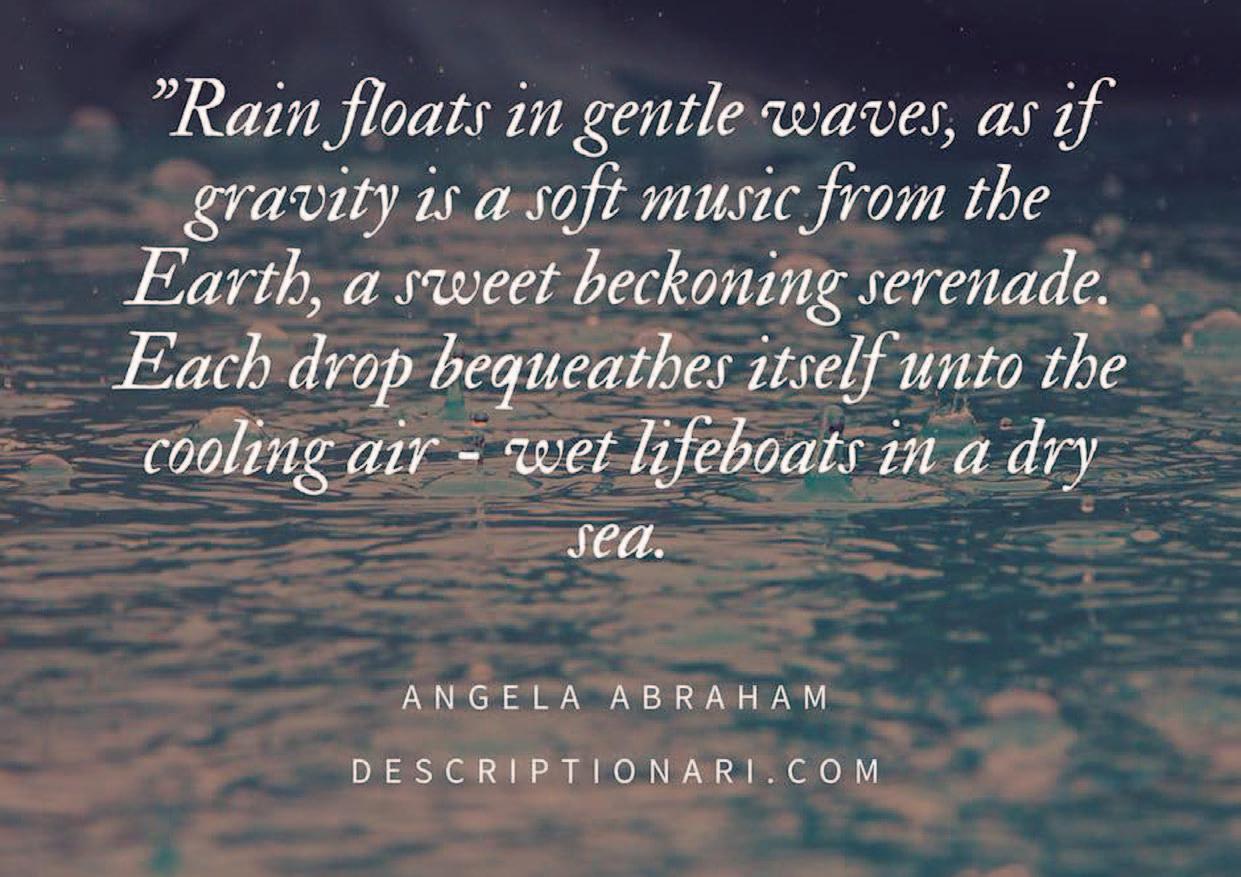Curriculum, learning and teaching
Comparing student reactions Konrad Gunesch looks at cross-cultural responses to art, history and cinema
34
never expected to identify either any of those, or with the artistic style or historical era at large. The intention was merely to provide a taste of how diplomacy is seen through different eyes and eras. Here the pedagogical challenges began. The students seemed to find it hard to make any sense of the painting’s life-sized overhead display, whether in motive, style, historical or artistic meaning. Assuming the reason to be either the artwork’s Eurocentric motive, or Islamic art’s avoidance of rendering the human figure (favouring calligraphy even in architectural ornamentation), I switched to Middle Eastern motives (even if still by Western artists) such as Antoine Coypel’s 1715 painting The Persian Embassy to Paris (depicting the Safavid Ambassador’s entourage in Versailles), or JanBaptist Weenix’s 1659 painting The Dutch Ambassador on his Way to Isfahan (depicting his retinue accompanied by the Sultan of Bandar against a dramatic coastal seascape). Yet problems persisted even on the most basic level of interpretation of symbols, and I wondered whether my interdisciplinary enthusiasm for art now impeded international mindedness and understanding. First I just berated myself for having started out (instead of ending up) with holistic interpretations of complex historical imagery. This made me more keenly aware of the multiple demands that interdisciplinary learning materials place on students’ understanding, such as when they are asked to disentangle several levels of politics or diplomacy reflected differently across artworks, periods, mediums and genres. For the future, I vowed to break down any materials that required unlocking several layers of international mindedness. Finally, it struck me that seven years earlier I might have integrated international mindedness with interdisciplinary materials less consciously, but far more effectively when teaching Global Business at Laureate International Universities in Panama. In 2010, three students there had each given me a personal appreciation certificate as a goodbye gift. Their intellectual maturity and independence is reflected in two of them at the time being trainees in their fathers’ law and insurance companies, and one a Marketing Operations Advisor for Dell. Also, each certificate offered suggestions for improving my teaching style. On that basis, the below quotes can be seen as their evaluation of our learning sources from world literature, art history and popular cinema as interdisciplinarily insightful, besides substantiating Haywood’s ‘economic and commercial’, ‘multicultural’ and ‘globalization’ types of international mindedness. An excerpt from the first student’s appreciation certificate says that: Spring |
Autumn
‘International mindedness’ is traditionally one of international education’s challenging notions in theory and practice, as ‘the knowledge and skills of ‘international mindedness’ could be open to a plurality of applications’ (Haywood 2015: 47). Yet it can, as Pletser (2012: 59) phrases it, ‘empower schools across the world to reconsider international learning in their own contexts and with each other’. Without trying to add to its conceptual framework, this article describes students’ reactions to, and changes of, a teacher’s approaches and materials aimed at bringing elements of international mindedness into the higher education classroom in two different cultural contexts. Using Haywood’s ‘simple typology’ (2007: 79-84), we will look at the types of international mindedness labelled ‘diplomatic’, ‘political’, ‘economic and commercial’, ‘multicultural’ or ‘globalization’. Fitting with these labels, we take a look at the cultural and educational contexts of Bachelor of Arts in Global Business classes at Laureate International Universities in Panama, and a Master of Arts in Diplomacy course at the American University in the Emirates in Dubai. We look at a class called Cultural Diplomacy and, for reference, also at students’ testimonies from classes of International Marketing, Negotiation and Conflict, Basic Management, and Quality Management. Their range from broad course titles (‘cultural’, ‘international’) to the more specific (‘negotiation’, ‘quality’) hopefully lets many teachers and student benefit from the gained insights. My actions and reflections, retrospectively traced, were probably a mix of conscious efforts to live (up to) international education’s ideals, subconscious uses of my global academic backgrounds, straightforward applications of personally favoured teaching materials and styles, and fortuitous flexibilities in course contents that allowed considering international mindedness in the first place. To serve students’ different learning styles, I tend to use multi-sensory mixes of sources and styles, and let the students link them to the respective syllabus as a first transfer task. Thus in the 2017 Dubai class Cultural Diplomacy (reflecting Haywood’s ‘diplomatic’ and ‘multicultural’ types of international mindedness), I introduced assorted artistic renderings of diplomatic personalities or encounters, such as Hans Holbein the Younger’s famous 1533 painting The Ambassadors. The painting (whose original is one of the first impressions for visitors to London’s National Gallery) highlights the ‘learnedness’ of the two depicted protagonists, one dressed in secular and one in clerical attire, and is crammed with objects such as a terrestrial and a celestial globe, a sundial, quadrant, astrological torquetum, psalm book and lute, among others. My Middle Eastern students were
| 2018



















